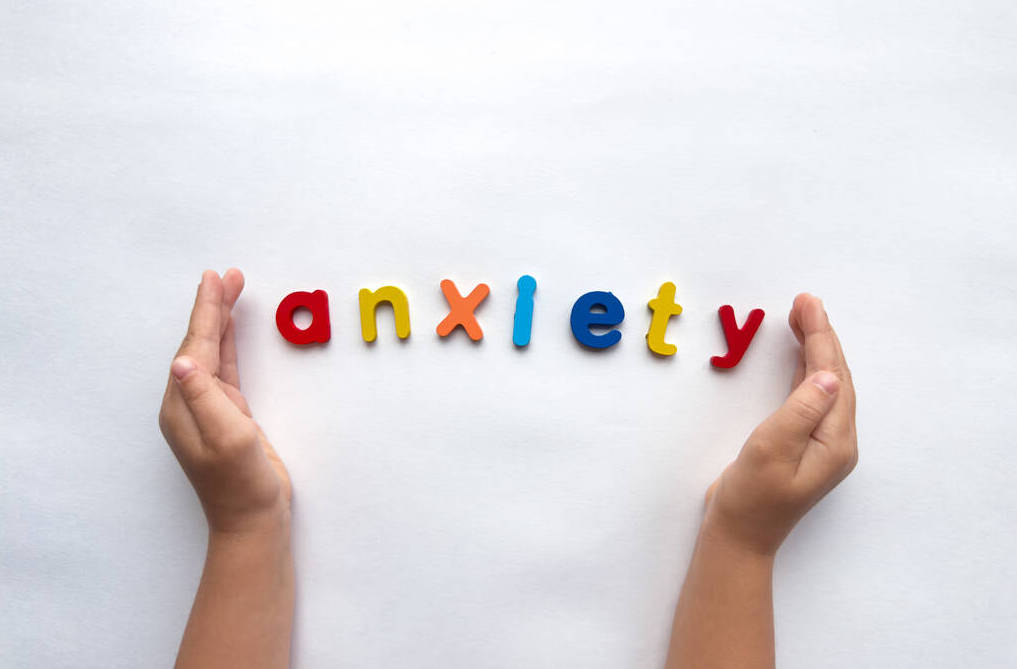846 total views
Last Updated on 20/02/2025 by James Anderson
Modafinil, prescribed for the treatment of narcolepsy, shift work sleep disorders, and obstructive sleep apnea, is also known for its off-label use to improve cognitive performance. Although it promotes wakefulness, it’s effects on anxiety. The relationship between modafinil and anxiety provides insight into the variety of experiences reported and what research on this interaction reveals.
The Science Behind Modafinil
Modafinil, a eugeroic medication, is widely recognized for its wakefulness promoting properties. It was originally developed to treat conditions such as narcolepsy, obstructive sleep apnea, and shift work sleep disorder. The drug primarily works by altering neurotransmitter activity in the brain. Modafinil exact mechanism of action remains partially understood, but research indicates that it influences dopamine, norepinephrine, serotonin, and histamine levels, among other pathways.
By increasing dopamine in the brain’s reward centers, modafinil enhances focus, alertness, and mood regulation. Furthermore, it modulates the hypothalamus, stimulating wake promoting regions and suppressing sleep inducing areas. These effects contribute to its reputation as a cognitive enhancer, widely used off-label by professionals and students seeking improved mental performance. However, its impact on anxiety remains a complex topic, warranting closer examination.
Modafinil Anxiolytic Effects
Under certain conditions, modafinil may exhibit anxiolytic (anxiety reducing) effects. Individuals suffering from fatigue related anxiety, particularly those with sleep disorders, have reported reduced anxiety levels after achieving sustained wakefulness and mental clarity. The improved ability to stay alert can alleviate stress associated with overwhelming workloads or performance pressure.
Research highlights that modafinil mood enhancing effects may stem from increased serotonin availability in specific brain regions. Elevated serotonin levels are closely linked to reduced anxiety, which explains why some users experience a calming effect. Moreover, modafinil’s role in enhancing executive function helps users manage tasks efficiently, indirectly lowering anxiety linked to disorganization or procrastination.
Modafinil Anxiogenic Effects
Conversely, modafinil can also exacerbate anxiety in certain individuals. This paradoxical effect is often dose dependent and linked to individual variability in neurochemistry. High doses of modafinil can overstimulate the central nervous system, leading to heightened arousal, restlessness, and a racing mind symptoms commonly associated with anxiety.
Research also suggests that modafinil impact on norepinephrine and dopamine can, in some cases, increase susceptibility to stress. Users with a predisposition to anxiety disorders or heightened sensitivity to stimulants may experience worsened symptoms. Physical side effects such as increased heart rate and blood pressure can further contribute to feelings of unease, creating a feedback loop of anxiety.
Personal Experiences and Anecdotal Evidence
The subjective experiences of modafinil users provide valuable insights into its relationship with anxiety. Many report a sense of heightened confidence, productivity, and emotional stability when using the drug within prescribed limits. However, some individuals describe episodes of heightened irritability, social withdrawal, or panic attacks after prolonged use or at higher doses.
Online forums and user reviews frequently highlight the importance of self awareness and careful dosing. For instance, individuals prone to social anxiety might find modafinil beneficial for initiating conversations and improving focus in group settings. Conversely, those with generalized anxiety disorder (GAD) often report exacerbated symptoms, including intrusive thoughts and hypervigilance.
Coping Strategies for Modafinil Induced Anxiety
For individuals who experience anxiety as a side effect of modafinil, several strategies can help mitigate these symptoms:
- Start with a Low Dose: Initiating treatment at the lowest effective dose minimizes the risk of overstimulation. Gradual adjustments allow the body to adapt.
- Time Your Doses: Taking modafinil early in the day reduces the likelihood of insomnia, a common anxiety trigger. Avoid late afternoon or evening doses.
- Combine with Mindfulness Practices: Techniques such as meditation, deep breathing, or yoga can help counteract anxiety induced by heightened arousal.
- Stay Hydrated and Nourished: Dehydration and hunger can intensify anxiety. Maintaining proper hydration and a balanced diet supports overall well being.
- Consult a Healthcare Professional: If anxiety persists or worsens, discussing alternative medications or adjunct therapies with a physician is crucial.
The Role of Individual Characteristics
Individual differences in genetics, neurochemistry, and mental health history significantly influence how modafinil affects anxiety. Genetic polymorphisms in dopamine transporters or serotonin receptors may alter sensitivity to the drug. Furthermore, individuals with pre-existing anxiety disorders are more likely to experience adverse reactions.
Lifestyle factors, including sleep hygiene, caffeine intake, and stress levels, also play a pivotal role. For instance, combining modafinil with high caffeine consumption can amplify jitteriness and restlessness. Similarly, inadequate sleep before starting modafinil can predispose users to heightened anxiety due to the drug’s stimulating effects.
Conclusion
Understanding the nuanced relationship between modafinil and anxiety is essential for making informed decisions about its use. While modafinil offers significant cognitive and mood enhancing benefits for many users, its effects on anxiety are highly individualized. Striking the right balance through careful dosing, mindfulness, and professional guidance can maximize its advantages while minimizing potential drawbacks.
‼️ Disclaimer: The information provided in this article about modafinil is intended for informational purposes only and is not a substitute for professional medical consultation or recommendations. The author of the article are not responsible for any errors, omissions, or actions based on the information provided.
References:
- CLA Bassetti. Narcolepsy – clinical spectrum, aetiopathophysiology, diagnosis and treatment Nat Rev Neurol, 2019.
- Narcolepsy: genetics, immunology, and pathophysiology, in principles and practice of sleep medicine, 6th edition M. Kryger, T. Roth, W. Dement, Elsevier, 2015.
- Conditional ablation of orexin/hypocretin neurons: a new mouse model for the study of narcolepsy and orexin system function. J Neurosci, 2014.
- Genetic ablation of orexin neurons in mice results in narcolepsy, hypophagia, and obesity. Neuron, 2001.
- Partial ablation of the orexin field induces a sub narcoleptic phenotype in a conditional mouse model of orexin neurodegeneration. Sleep, 2018.
- Wake-promoting medications: basic mechanisms and pharmacology. M. Kryger, T. Roth, W. Dement, Principles and Practice of Sleep Medicine, 2015.
- Modafinil as a catecholaminergic agent: empirical evidence and unanswered questions. Front Neurol, 2013.
- Characterization of the neurochemical and behavioral effects of solriamfetol (JZP-110), a selective dopamine and norepinephrine reuptake inhibitor. J Pharmacol Exp Ther, 2018.


